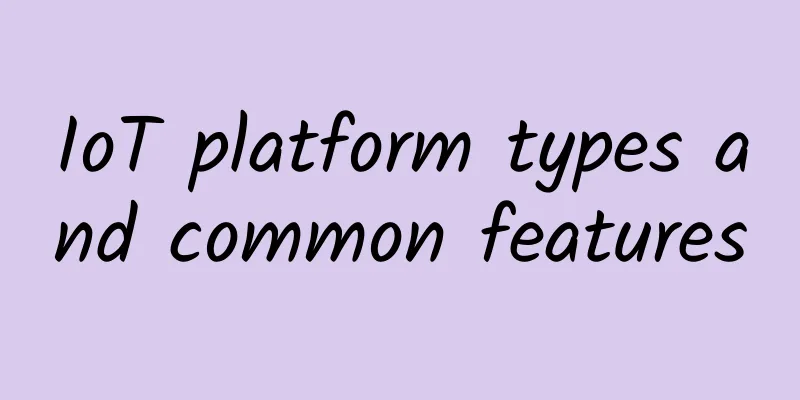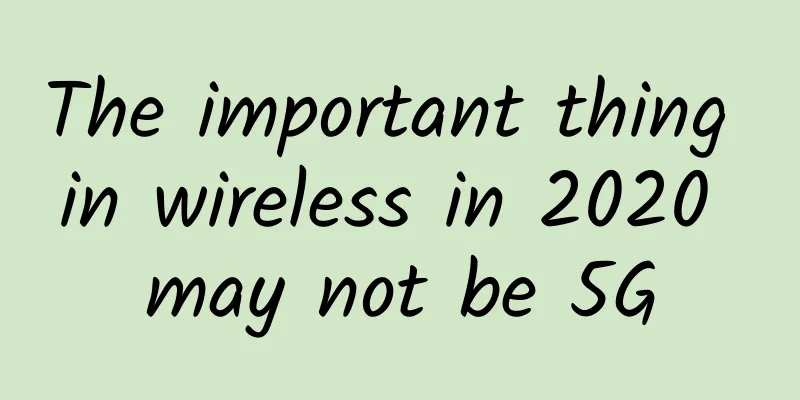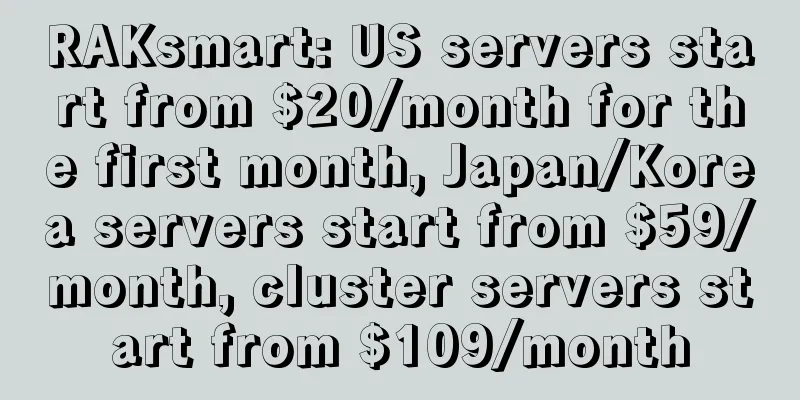IoT platform types and common features

|
Business strategy and customers determine how to structure your IoT platform content. The Internet of Things is the product of the combination of IT and OT. Any IT-centric definition cannot describe the importance of OT, and vice versa. In this article, I will share with you the practical experience of how customers from different industries use the Internet of Things platform. IoT Platform Types
Universal Platform If we put all the above platforms together to draw a picture, it would look like this: It is an IT + OT platform, rather than a platform based on ICT components. The platform changes are mainly achieved by excluding the OT layer from the above physical layer, or limiting only the software content. Common features of the platform If we take the hardware, network connectivity challenges, and OT systems out of the equation, we end up with a typical IoT software platform (or IoT data platform). It looks like this: It can implement higher-level business functions or operational tasks. Each task described in the above figure can be regarded as its own "platform", such as an asset management platform or a service assurance platform. These changes are based on specific tasks in the following five core functions of the IoT software layer:
However, this is easier said than done, and making the above a reality requires many complex intermediate processes. How to build? Fortunately, we do not need to create and build these functions from scratch. Various PaaS products are already mature and we can use them to build our own business platform. The main trick is to identify the core content and optimize the construction and operation costs. Summarize Solutions vary, and so do IoT platforms. Your business strategy and the services you provide to your customers determine how you define what an IoT platform is. You can then wisely choose the right components from your IoT platform. |
Recommend
I encountered message accumulation, but it is not a big problem
[[431068]] Hello everyone, I am captain. If you f...
iWebFusion high-end servers start from $49/month, 4-40 core CPU, 384G memory, NVMe hard drive, 1-10G bandwidth, multiple computer rooms in Los Angeles and other places
We often share the VPS hosting information provid...
Breaking the shackles of proprietary systems: the open path to 5G networks
As technology continues to change, the era of pro...
RAKsmart: Top up $10 and get $10, top up $50 and get $50, top up $100 and get $100
The Chinese New Year has passed, but RAKsmart has...
The Legend of Network Protocol (III): The Glorious Family Goes East and West
TCP/IP is the most widely used network protocol f...
F5 Launches Industry-Leading Training Program in Asia Pacific to Help Develop Next Generation of Technology Talent
F5 Networks (NASDAQ: FFIV) today announced the la...
China has built and put into operation more than 1.39 million 5G base stations
According to Zhongguancun Online, relevant person...
Huawei's Li Peng: Accelerate the prosperity of 5G and its evolution to 5.5G, and accelerate the move towards an intelligent world
From February 27 to March 2, MWC 2023 (2023 Mobil...
Telecommunications industry becomes the largest AI market and will reach an important turning point in 2021
Tractica/Ovum, a world-renowned market research c...
DiyVM: 50 yuan/month KVM-2GB/50GB/5M/Hong Kong CN2 & Japan & US data centers available
In the past 2022, DiyVM has made a series of chan...
Virtono offers 30% off down payment for all VPS, 27 data centers in Japan/Singapore/Hong Kong/USA/UK etc.
Virtono recently released a 30% discount code for...
5G - the future network technology for all applications
As 5G is being promoted and deployed around the w...
Wi-Fi CERTIFIED Vantage adds support for the latest Wi-Fi features
Recently, Wi-Fi Alliance launched new features fo...
How IoT, 5G, and NFV will impact data center infrastructure
As we all know, mobile data traffic is growing ex...
Want to handle tens of millions of traffic? You should do this!
Your boss asks you to handle tens of millions of ...









